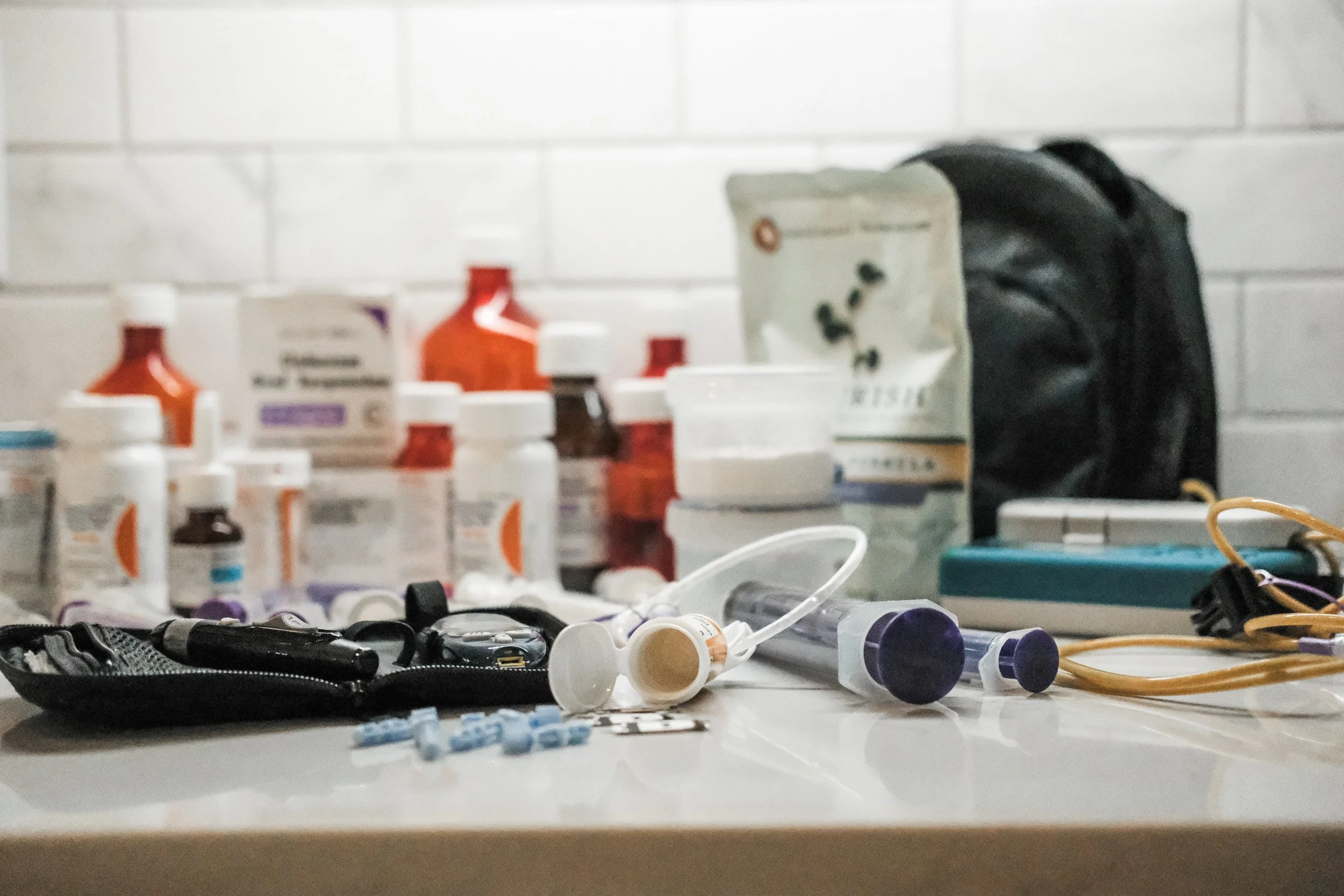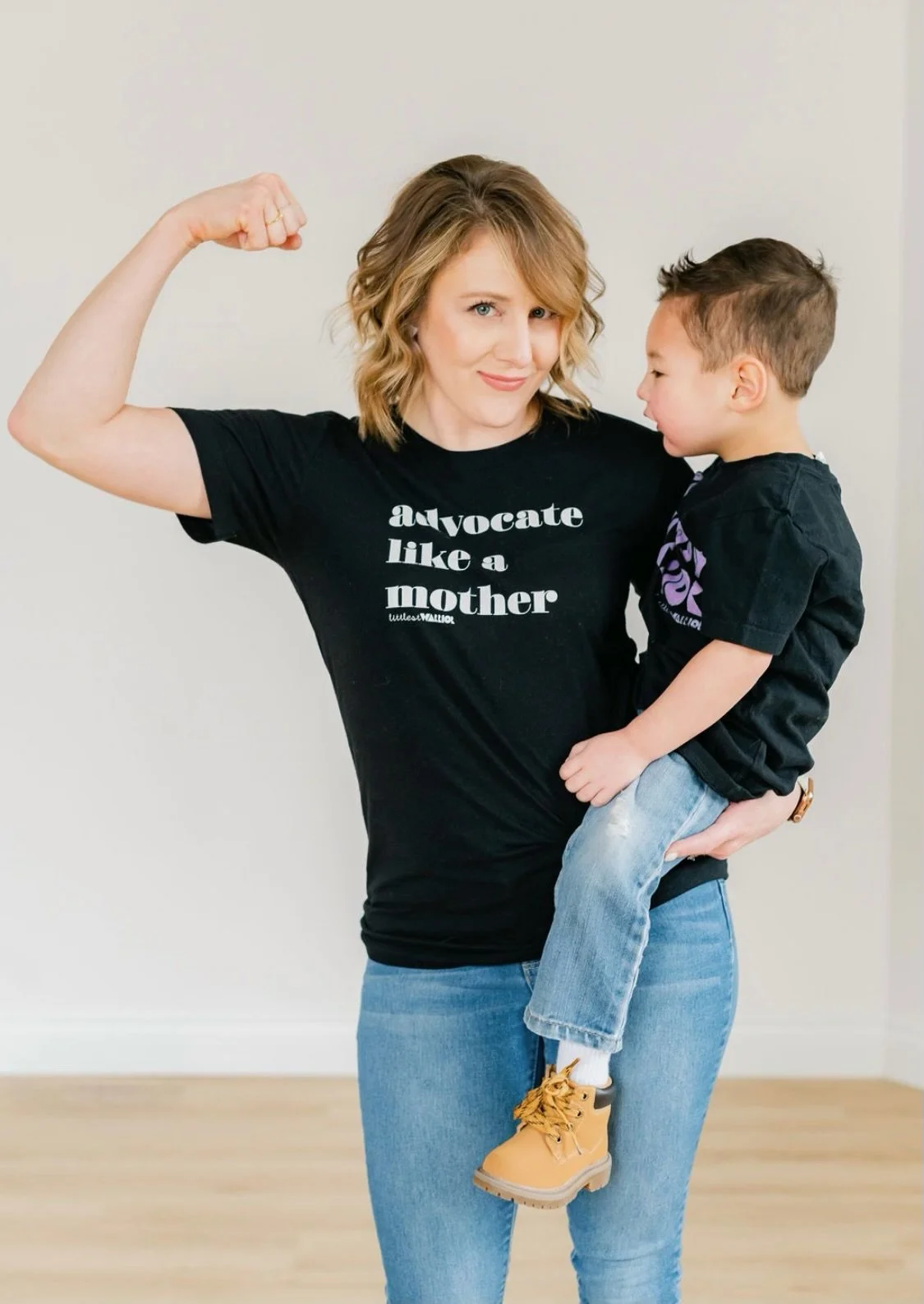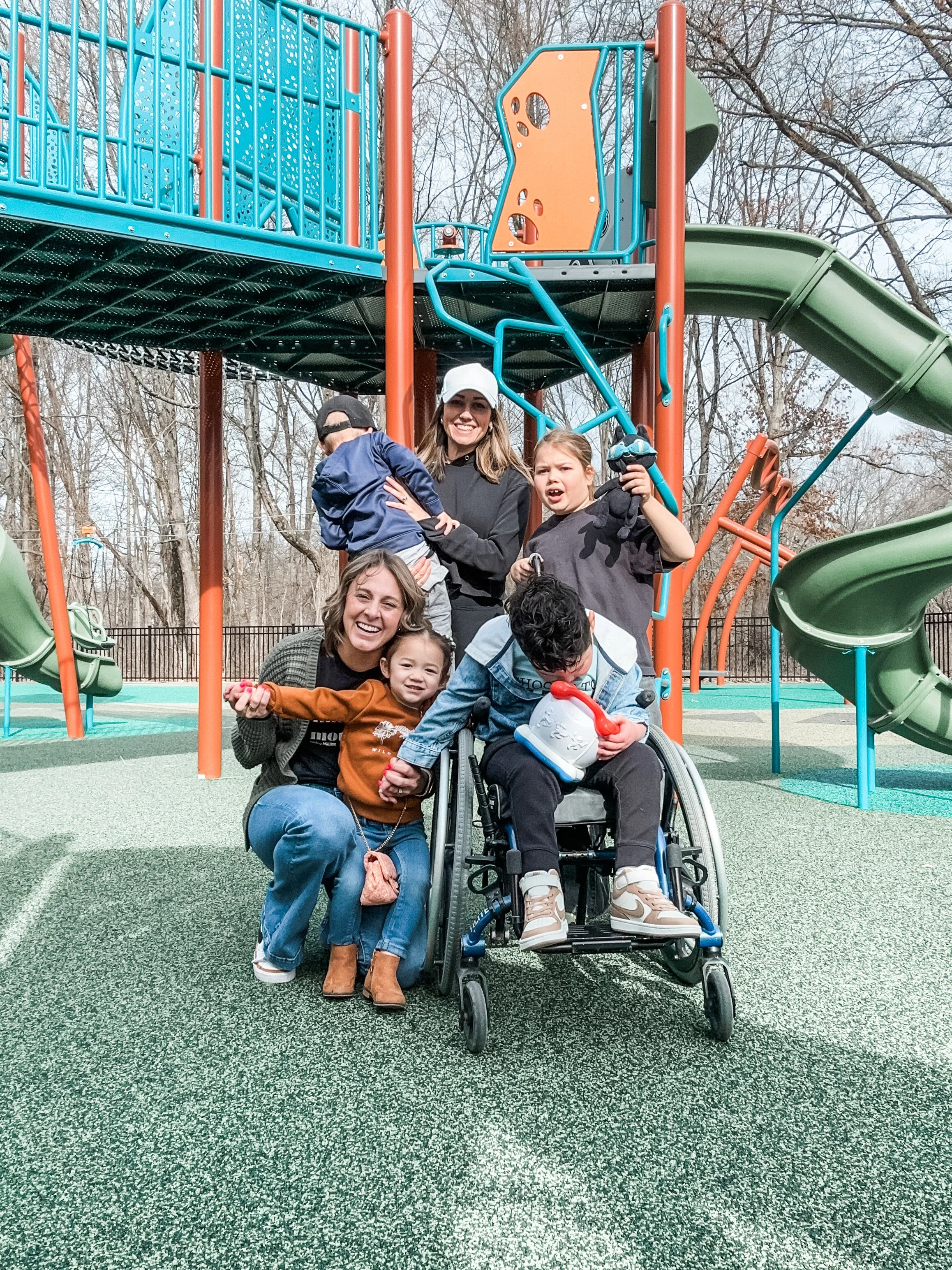How to Talk About Your Child Without Leading With Their Diagnosis
"I just want to see her as my child, not as a diagnosis!” I screamed out loud to God. “Why is it so hard for me to just say, ‘her name is Kinnen, she’s sweet and creative and would love to dig in the dirt with your child, maybe find some worms? or pick some flowers?” Yet time after time, I would find myself meeting a new mom at a park, observing our children interacting, and be met with the obvious question, “is that your daughter? what’s her name?”
I never intended my introduction to lead with labels, but it always seemed to, like I needed to get out the "A word” before they wondered why she didn’t engage like a typical kid. I needed to shove the excuse out into the conversation immediately in hopes of what? Being accepted? Understood? Why couldn’t I just let her be a child and play in her own way, free of my narrative? It was becoming increasingly hard to see her as her and not as autistic, as tube fed, as….different. I needed to change my mindset and figure out how this dialogue fit in a way that took the eyes off the medical complexities (not fully ignoring them) and put the focus on who she is as a child.
Maybe you can relate?
I never signed up for alphabet-soup acronyms, towering binders, or forms that read like they’re describing someone else’s child. I never imagined this life. Who does? I don’t know about you, but I signed up for belly laughs, warm cuddles, and that indescribable glow my child would bring into every room. Yet somewhere between diagnoses, referrals, and endless checkboxes, a quiet question slipped in: Do they only see the label? Do I?
I began wrestling with the fact that labels can unlock therapies and support, but they can also shout so loudly that they drown out the very heartbeat they’re meant to help.
Today, if you are feeling as I once did (and still do sometimes) then this blog is a gentle rebellion against that noise—a reminder to see, celebrate, and introduce your child first and always as the radiant person God created, while letting the label be only the footnote it was meant to be.
Now that I have poured my vulnerable little heart out, let’s get practical. Sometimes I just like a good little to do list to help me navigate what comes next!
1. See the person, not the file
God was the first to speak identity over your child: “Before I formed you in the womb, I knew you” (Jer 1:5, ESV). That knowing runs deeper than any specialist’s report. Begin each day by whispering your child’s true description out loud: “You are creative… brave… hilarious… dearly loved.” Spoken identity reshapes the atmosphere—especially on days when task-lists feel louder than laughter.
2. Use labels as tools, not tattoos
A diagnosis opens doors to services, grants, and community. Keep using it in insurance emails and IEP meetings—but retire it from casual introductions. Try this swap:
Old intro: “This is my daughter; she’s non-verbal autistic.”
New intro: “Meet my sunshine. She tells the funniest jokes with her eyes and never forgets a birthday.”
People lean into stories; paperwork can wait.
3. Re-write the “elevator pitch”
Set a timer for five minutes tonight. Write two sentences that capture your child’s personality, interests, and superpowers—zero medical jargon allowed. Post it on the fridge. Practice until it rolls off your tongue in waiting rooms and grocery lines. You’ll feel lighter, and strangers will see a someone instead of a syndrome.
*Writing this paragraph made me tear up. This can actually be much harder than you may think. Take a deep breath and feel the feels if you need to, I did.
4. Guard your own name tag
You carry a label too: caregiver, advocate, scheduler-in-chief. Helpful? Absolutely. Exhausting? Also yes. Let Scripture pin on a sturdier badge: “You are God’s workmanship, created in Christ Jesus for good works” (Eph 2:10). Your worth predates the endless phone calls. Carve out one small, daily ritual—five quiet minutes with coffee, an uplifting playlist in the car, a walk around the block—to remind your soul it is more than a to-do list.
5. Shift the dinner-table narrative
Make it a game with your other kids or spouse: each person shares one thing they noticed today—something funny your child did, a new skill, a tiny victory. Regular celebration trains the whole family to look past machines and medications toward the miracle in your midst. You know how much we love embracing the small steps around here! Document and praise those micro-wins!
Challenge time:
This week, introduce your child without mentioning their diagnosis once. Watch how faces brighten when you talk about bug obsessions or dance-party moves instead. Then slide the medical details in, if needed, on your terms.
Remember, the Lord still speaks the final word over your child: “Fearfully and wonderfully made” (Ps 139:14). Labels may guide treatment, but Love writes identity.
Share this with a friend who’s carrying heavy folders and heavier expectations, and remind her: the label is real, but it is never the whole story.
Need a deeper breath of encouragement? Grab our book “Finding Joy in the Journey” and join the Lemon Cake community where hope gets the last word.
Love you, Cake Pop!
-The Lemon Cake Girls






